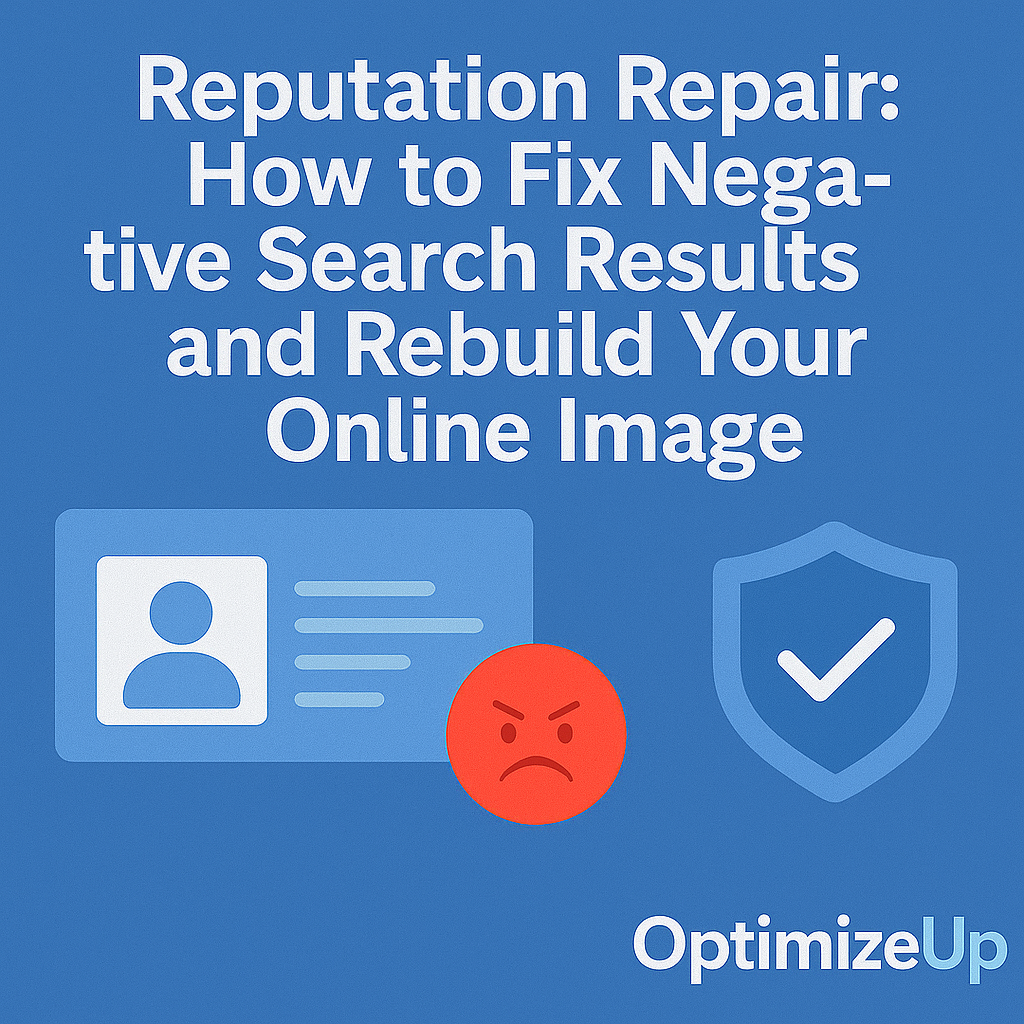Understanding Google Seller Ratings
Google Seller Ratings are an automated Google Ads extension that displays your average star rating alongside your paid search ads. They are based on aggregated customer reviews and give potential customers a quick overview of your business’s trustworthiness.
Where They Appear
These ratings appear in:
- Google Search Ads
- Google Shopping Ads
- Google Maps (indirectly through reviews)
- On Google Partner websites displaying your ads
How Google Gathers the Ratings
Google compiles reviews from multiple credible sources:
- Google Customer Reviews – A free program that asks verified customers for feedback after purchase.
- Third-party aggregators – Such as Trustpilot, Feefo, ResellerRatings, Yotpo, and others.
- Google Surveys – Direct feedback collected through Google.
Criteria to Trigger the Display
To qualify for the seller rating extension:
- You need at least 100 unique reviews in the last 12 months per country.
- Maintain a minimum average rating of 3.5 stars.
- Reviews must be collected from trusted sources.
This data is automatically assessed and updated by Google’s algorithm.
The Business Value of Google Seller Ratings
These star ratings are far more than aesthetic enhancements—they directly impact measurable business outcomes.
1. Elevated Brand Perception
A 4.5-star rating shown in search results acts as instant social proof, increasing consumer trust before a single click.
2. Boosted Click-Through Rates (CTR)
Studies from Google suggest that showing Seller Ratings can increase CTR by up to 17%. With improved CTR comes:
- Higher traffic
- More qualified leads
- Greater brand exposure
3. Lower Cost-Per-Click (CPC)
High-quality ads that earn more clicks signal relevance to Google’s algorithm, often resulting in reduced CPC due to improved Quality Score.
4. Enhanced Conversion Rates
Trust is a critical factor in buying decisions. Ratings build credibility, shortening the customer journey and improving conversions on landing pages.
5. Stronger Competitive Edge
In competitive industries, every micro advantage counts. Ratings are one of the few visible differentiators users see instantly.
Step-by-Step Guide to Qualifying for Google Seller Ratings
Step 1: Sign Up for Google Customer Reviews
- Use Google Merchant Center to activate Google Customer Reviews.
- Add the survey opt-in module to your checkout page.
Step 2: Encourage Verified Reviews
Prompt customers to leave reviews via:
- Email follow-ups
- SMS review requests
- Post-purchase thank-you pages
- QR codes linking to review sites on packaging or invoices
Step 3: Work With Google-Recognized Review Platforms
Use platforms that meet Google’s standards:
- Trustpilot
- Yotpo
- PowerReviews
- Bazaarvoice
- Feefo
- ResellerRatings
These partners often offer enhanced widgets, automatic review syndication, and fraud detection.
Step 4: Respond to All Reviews
Address negative reviews with professionalism and empathy. Responding shows other potential customers that you’re active and attentive.
Step 5: Monitor Performance Metrics
Track your Seller Rating metrics using:
- Google Ads reports (CTR, impressions, CPC)
- Merchant Center performance dashboard
- Third-party analytics tools
Understanding how your Seller Rating impacts performance lets you continuously improve and iterate.
Optimizing Your Google Seller Rating Strategy
Collect More Reviews Faster
- Add incentives (discounts, loyalty points, or giveaways) to increase review rates ethically.
- Automate reminders using CRM integrations.
Target the Right Moments
Timing matters. Ask for reviews:
- After delivery confirmation
- When satisfaction is high (e.g., right after issue resolution)
Ensure Reviews Are Country-Specific
Since ratings are geo-targeted, accumulate at least 100 reviews in each country where your ads are shown.
Display Reviews Across Platforms
Leverage your best reviews on:
- Your website
- Social media profiles
- Google Business Profile
This amplifies the reach and trust of your ratings.
Mistakes to Avoid
- Fake Reviews: Google can penalize businesses using fake or bulk-generated feedback.
- Delayed Responses: Ignoring negative feedback can make issues escalate.
- One-Channel Focus: Don’t rely only on one platform. Diversify sources (Google, Trustpilot, BBB, etc.).
- No Review Monitoring: Not analyzing reviews can mean missed opportunities to identify pain points.
How Google Seller Ratings Compare to Product Ratings
It’s important not to confuse Seller Ratings with Product Ratings:
| Criteria | Seller Rating | Product Rating |
|---|---|---|
| Basis | Business as a whole | Individual products |
| Source | Third-party and Google surveys | Structured product review feeds |
| Where Displayed | Google Ads, Shopping Ads | Google Shopping, Product Listings |
| Eligibility | 100+ business reviews, 3.5+ stars | Minimum product review volume |
Industry-Specific Examples
E-commerce
Retailers using Google Shopping ads can see up to a 30% increase in conversions when seller ratings are visible.
Service Businesses
Local service providers, from HVAC to law firms, build trust instantly in ads via high seller ratings, translating to more calls or appointments.
B2B Companies
B2B businesses that often rely on trust and long-term relationships can benefit from seller ratings in both lead generation and nurture campaigns.
Technical Tips for Seller Rating Success
Structured Data Implementation
Use schema markup to tag customer reviews and product data on your site. This ensures Google can read and index your reviews correctly.
Track KPIs Post-Rating Deployment
Evaluate your:
- CTR improvement
- Conversion rate changes
- Bounce rate and time on site
Compare pre- and post-rating periods to measure true impact.
Use A/B Testing
Test ad copy with and without Seller Ratings and analyze performance to refine your messaging.
Frequently Asked Questions (FAQ)
No. Google decides which reviews to use based on authenticity and compliance with their standards.
Ratings are updated regularly as Google ingests new data from trusted sources.
A few negatives won’t hurt if your overall average is above 3.5. In fact, a mix of feedback can increase perceived authenticity.
Yes, Seller Ratings are a part of Google Ads’ ad extensions and are not shown in organic results.
Yes, Seller Ratings are a part of Google Ads’ ad extensions and are not shown in organic results.
Only if it violates the review platform’s content policy. Otherwise, respond professionally and resolve the issue publicly.
Yes. Google Reviews appear on your Business Profile and influence local SEO. Seller Ratings are part of your paid ad strategy.





